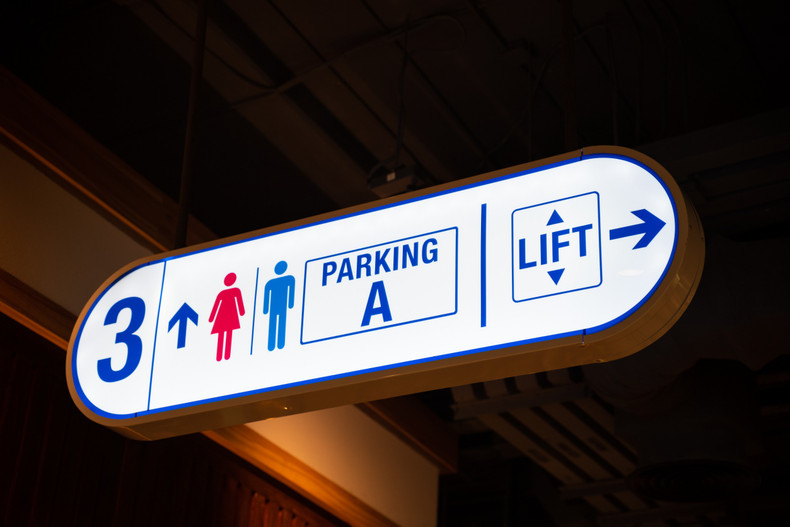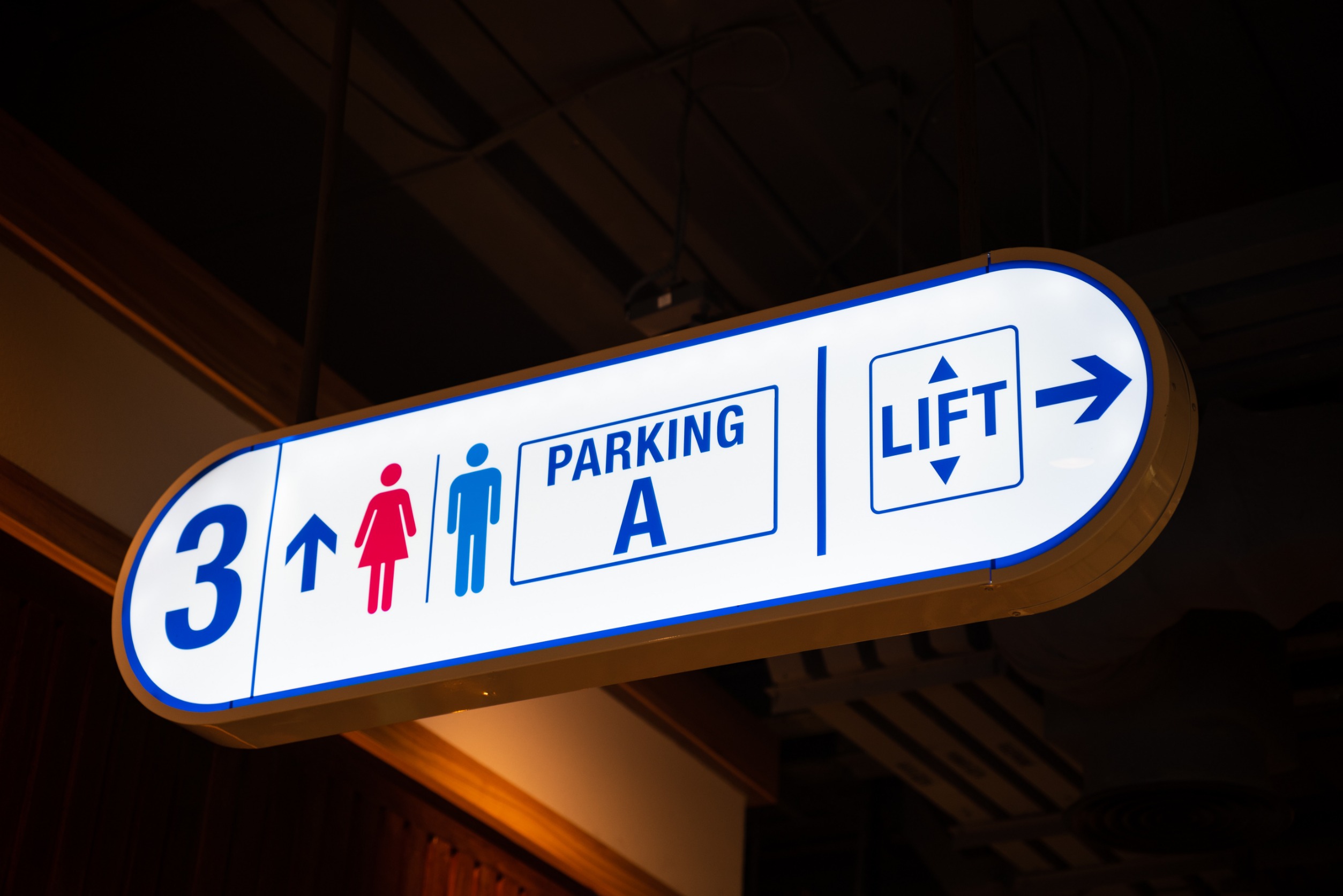
What Types of Vinyl Signs Do Businesses Use the Most?
Vinyl is one of the most popular materials used for business signage today. It’s a thin and flexible material that adheres to a variety of surfaces – acting like a second, more vibrant outer skin to whatever surface it’s enhancing. It’s basically a sticker that you can customize to your liking and place virtually anywhere.
Here are just some of the amazing things you can do with vinyl signs:
- Vinyl window decals can be applied to any window or glass – including storefront windows, car windows, or
- even your bedroom window.
- Car decals are applied to the side, hood, top, or bumper of any vehicle – and they can even be wrapped around the entirety of the car.
- Floor decals turn a boring floor into one filled with information, identification, and branding – and they’ll flow effortlessly with the rest of the room.
- Outdoor vinyl signs are designed to withstand the test of time – as well as the extreme weather conditions that are often unpredictable.
- Wall decals can be decorative, informative, directive, or assistive – it all depends on what you do with them, where you put them, and what they say.
One of the things we like most about custom vinyl decals is their versatility – and I’m not just talking about their placement. I’m talking about the manufacturing process (cast vs calendered), the graphics (printed vs pigmented), and the various other features and characteristics that make vinyl business signage unique.
There’s a lot about vinyl signs that most people don’t think about – well, that is until now.
If you’re new to the world of custom vinyl signage, then you’ve come to the right place. Follow along as we break down the various different types of vinyl signs businesses use today – and why they use them!

Cast vs. Calendered: The Manufacturing Process Matters
Before you can begin the design process, you must first determine the manufacturing process you want your vinyl sign to go through. There are two primary options here – cast vinyl and calendered vinyl.
Let’s take a closer look at each one:
Cast vinyl. Liquid vinyl is poured into a mold (also known as a cast) before cooling and being reheated to cure.
Calendered vinyl. A large glob of vinyl is pressed into thin sheets with a roller before being stretched into its final form.
There are a variety of differences between the two – especially with the cost, durability, conformability, and suitability.
For example, cast vinyl is more expensive, thinner, more conformable, more durable, and is best reserved for complex surfaces. It’s a more versatile material and is often viewed as the ‘gold standard’ of high-quality vinyl signs.
But that’s not to say calendered vinyl isn’t useful. It might be less durable and less flexible, but it’s also less expensive, thicker, and best reserved for flat, simple surfaces. It all depends on what you need!
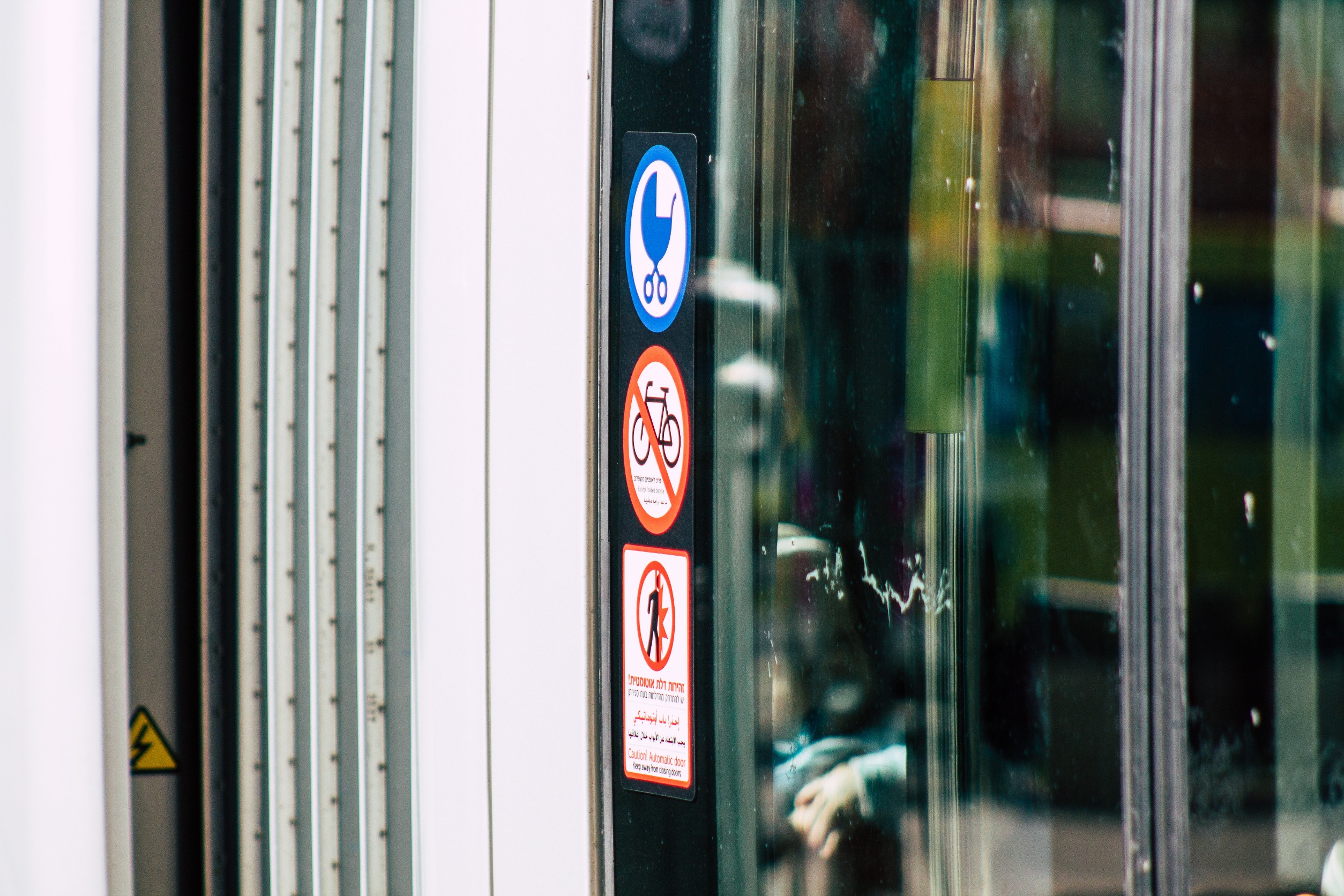
Printed vs. Pigmented: Ironing Out the Fine Details
What’s a sign without graphics? Exactly… it’s just a plain, white board with no intention, no purpose – no sign of life (pun intended). If that’s how you want your sign to look, then by all means – it’s your sign!
For those who want colors, graphics, logos, photos, lettering, and everything else that makes a vinyl sign unique, you have two primary options – printed vinyl and pigmented vinyl. Let’s take a closer look:
- Printed vinyl - these signs come out of the factory white before having the vinyl graphics (logo, lettering, etc.) printed on.
- Pigmented vinyl - these signs have colors and pigments baked into them before being cut into the desired shape.
There are pros and cons to each. Printed vinyl is an excellent option for photos, gradients, and full-color signs, but it won’t last as long as pigmented vinyl and isn’t as flexible. Meanwhile, pigmented vinyl is much more durable and more comfortable, but is limited in size and color – and it’s harder to install.
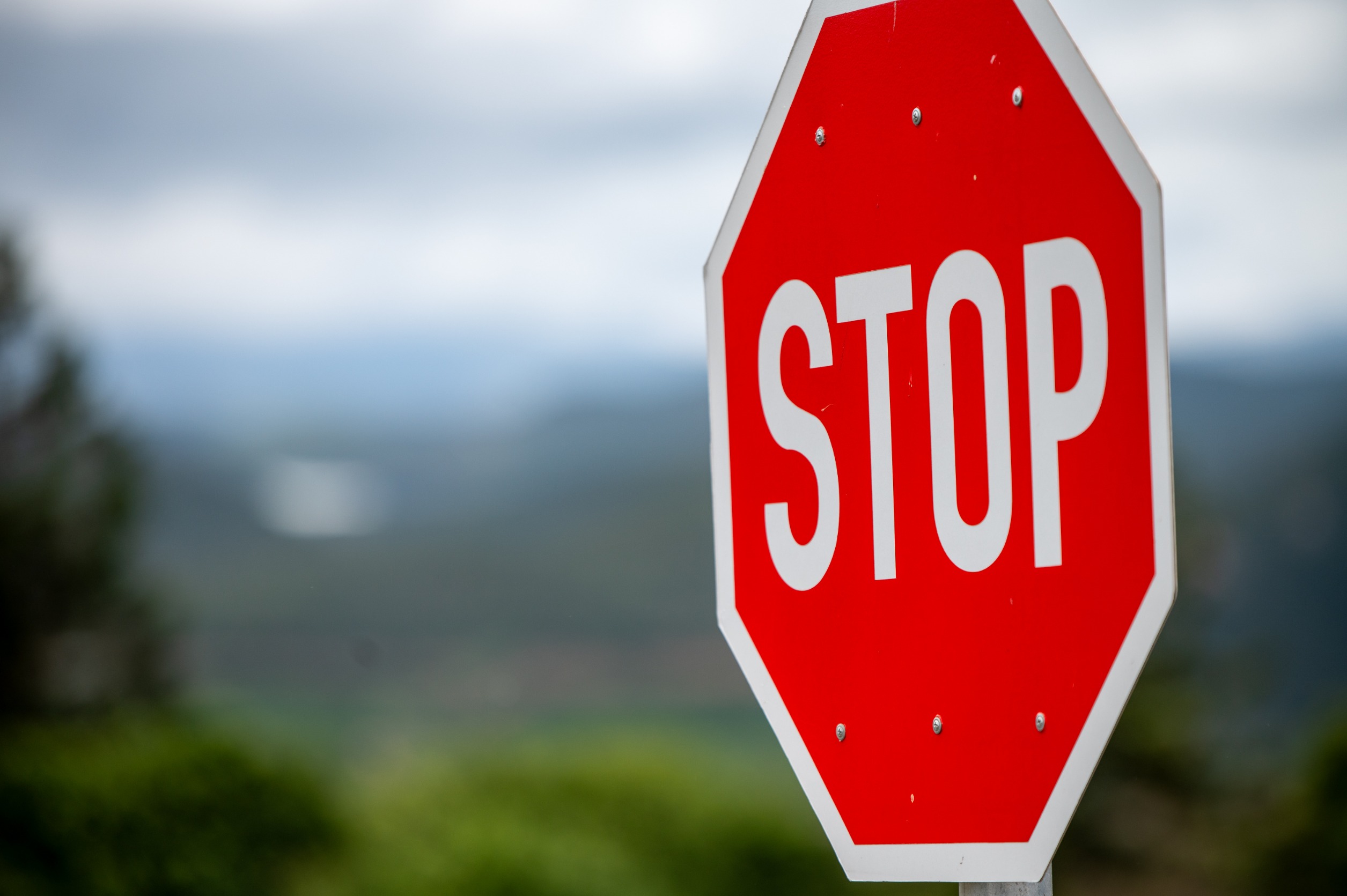
Reflective vs. Translucent: Utilizing Light to Your Advantage
In order for a sign vinyl to be useful, it needs to be visible. While this usually isn’t a problem during the day, some signs become useless once the sun goes down or the lights are turned off – but not all of them.
That’s where reflective and translucent vinyl come in to save the day.
Reflective vinyl. A type of vinyl sign that reflects artificial light, such as a vehicle’s headlight or a flashlight.
Translucent vinyl. A type of vinyl sign that allows light to travel through it – it’s usually accompanied by a lightbox.
Reflective vinyl signs are best reserved for street signs and emergency vehicles, while translucent vinyl is best reserved for storefront signage and indoor signs – especially in low-lit or dark environments.
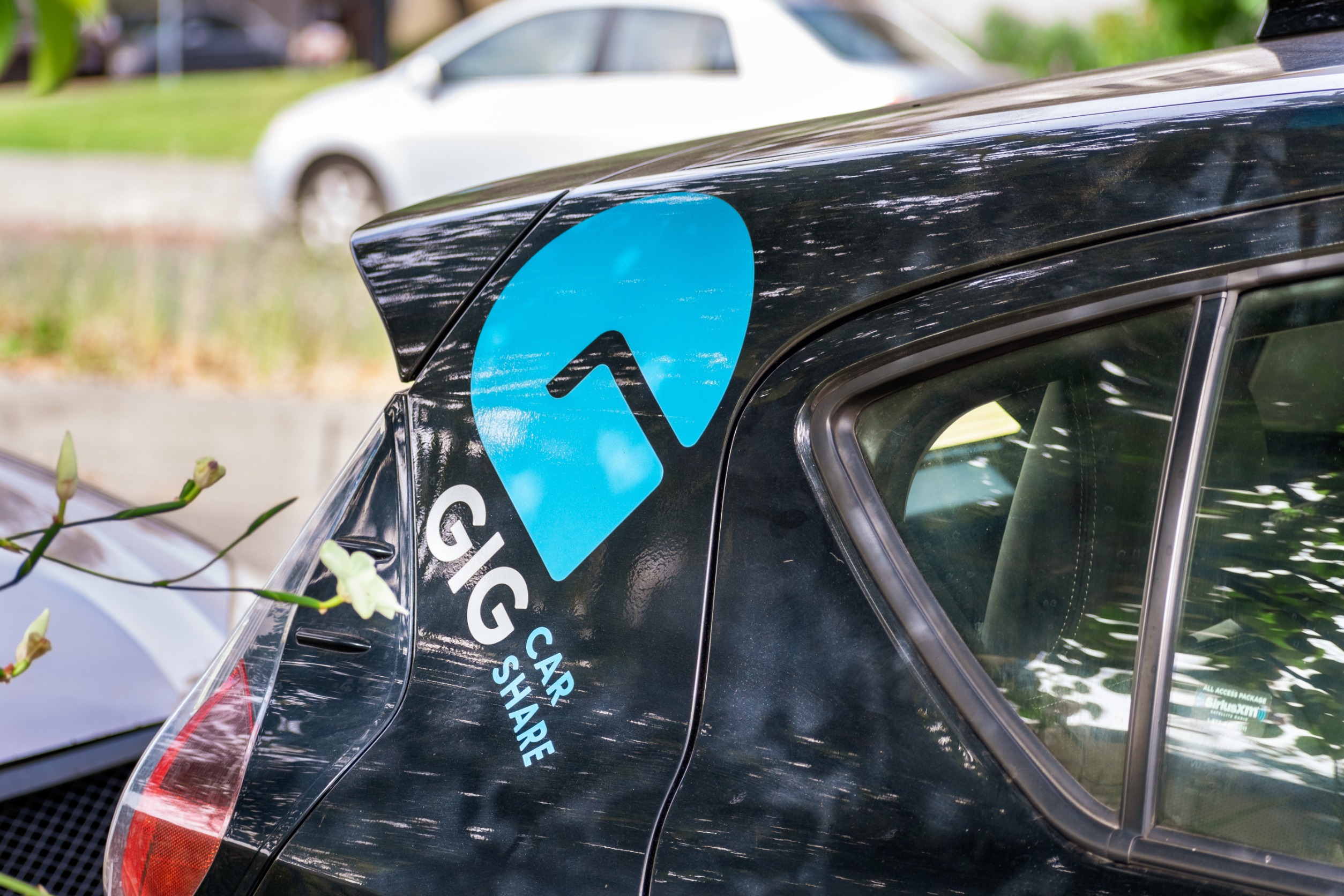
Heat-Transfer vs. Self-Adhesive Vinyl: Perfecting the Placement
You’ve got the manufacturing down, you chose your design, and you’ve customized it to your liking. All that’s left is to adhere it to the intended surface – whether that be a car, floor, wall, window, or sign.
Again, you have two primary options here – heat-transfer vinyl or self-adhesive vinyl. Let’s take a closer look:
- Heat transfer vinyl - this type of vinyl is equipped with a heat-activated adhesive, which is why it’s not sticky.
- Self-adhesivevinyl - this type of vinyl has a sticky side that you apply to the surface, so no heat is required.
Heat-transfer vinyl is really only used on textile or textile-based fabric – making it an excellent option for flags, flying banners, and room dividers. On the other hand, a self-adhesive vinyl decal or sign is much more versatile and can be used on a variety of surfaces – which is why most people prefer it for business signs.
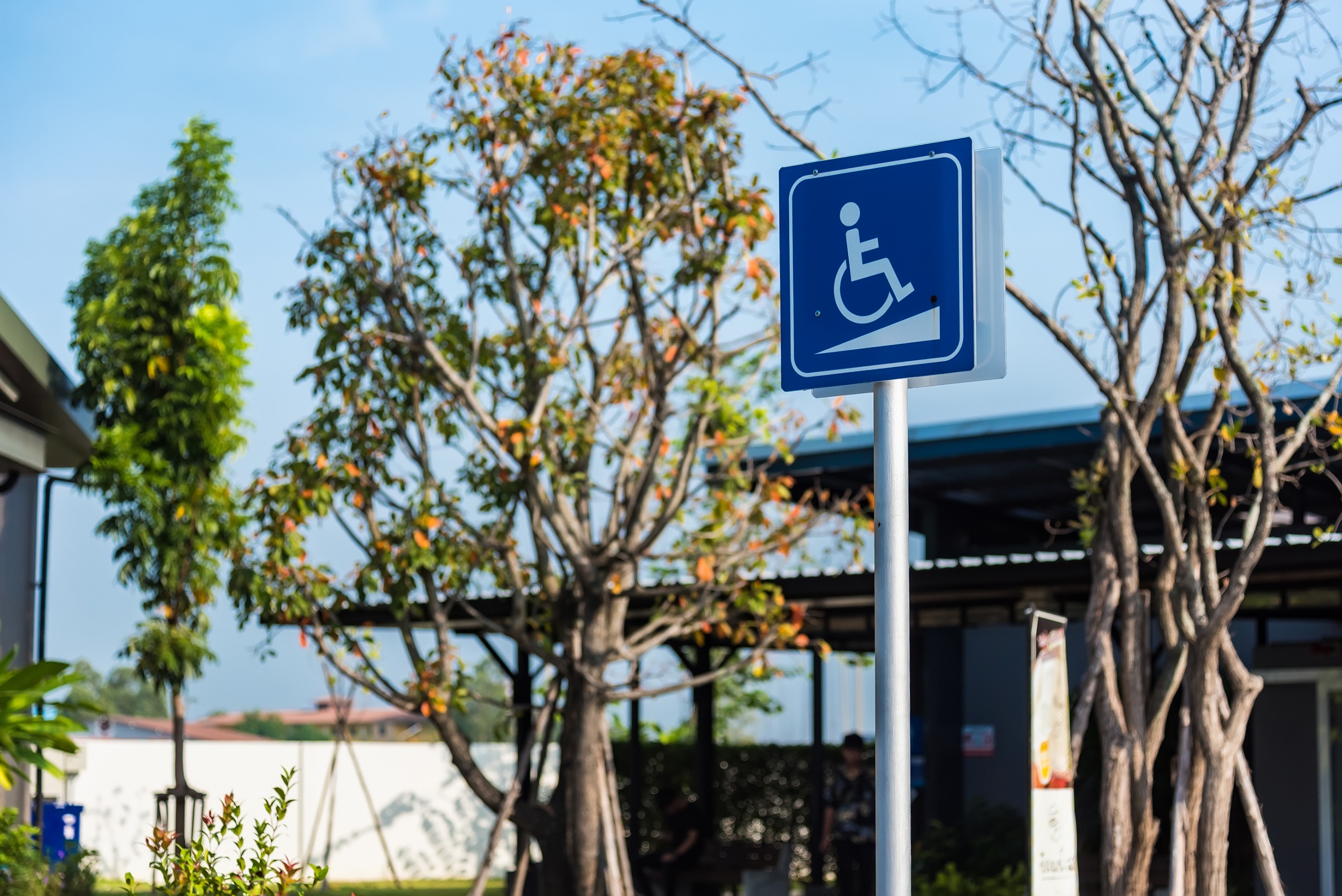
Contact ADA Signs Today to Learn More!
Are you in the market for ADA signs? Are you having a hard time deciding between all the different types of materials available? Do you want to make sure you’re making the best decision for your company?
If you answered ‘yes’ to any of those questions above, then you’ve come to the right place.
Welcome to ADA Central – your one-stop shop for all your ADA signage needs!
We understand how hard it can be to maintain compliance with ADA standards, but that’s what we’re here for. We not only supply high-quality ADA signs – including vinyl, plastic, and acrylic – but we take pride in helping you determine what signs you need, where you need them, and what they need to look like.
Contact us today at (308) 221-8226, or, if you already know what you need, go ahead and start browsing our growing online inventory – we look forward to helping you stay ADA-compliant in style!

